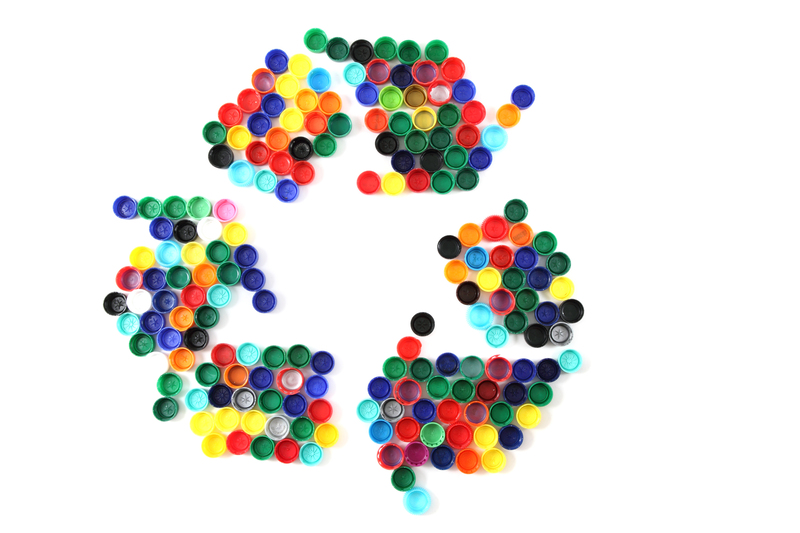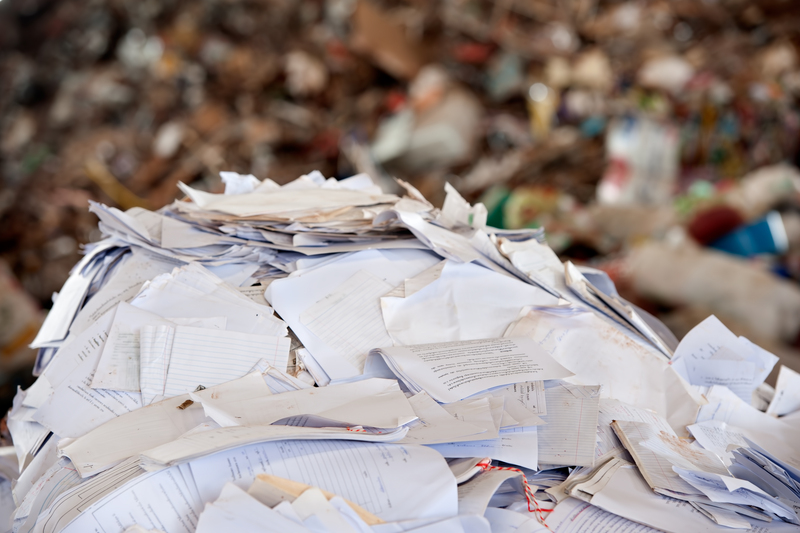Eco-Friendly Technologies to Reduce Waste
Posted on 31/12/2024
As the world grapples with escalating environmental challenges, the focus has shifted towards finding sustainable solutions that can mitigate waste and promote eco-friendly living. Emerging technologies are playing a pivotal role in this transition, offering innovative ways to reduce, reuse, and recycle waste across various sectors. This article explores some of the most promising eco-friendly technologies designed to reduce waste, their potential impact, and the advantages they offer.
1. Waste-to-Energy Technologies
Waste-to-energy (WtE) technologies are transforming how we deal with waste by converting it into usable energy, such as electricity, heat, or fuel. These technologies include incineration, gasification, pyrolysis, and anaerobic digestion. By harnessing the energy content in waste materials, WtE technologies can significantly reduce the volume of waste sent to landfills and lower greenhouse gas emissions.
Incineration
Incineration involves burning waste at high temperatures to produce heat, which can then be used to generate electricity. Modern incineration plants are equipped with sophisticated filtration systems to minimize air pollutants, making this method cleaner and more efficient. The residual ash from incineration can be further treated and used in construction materials.
Gasification and Pyrolysis
Gasification and pyrolysis are advanced thermal processes that convert waste into synthetic gas (syngas) and bio-oil, respectively. These products can be further refined into fuels or used to generate electricity, offering a cleaner alternative to traditional fossil fuels.
Anaerobic Digestion
Anaerobic digestion is a biological process that breaks down organic waste, such as food scraps and agricultural residues, in the absence of oxygen. This process produces biogas, which can be used for heating, electricity generation, or as a vehicle fuel. The remaining digestate can be used as a nutrient-rich fertilizer, closing the loop on organic waste management.

2. Smart Waste Management Systems
Smart waste management systems leverage Internet of Things (IoT) technology, data analytics, and artificial intelligence (AI) to optimize waste collection, sorting, and recycling processes. These systems enable more efficient use of resources, reduce operational costs, and minimize environmental impact.
IoT-Enabled Recycling Bins
IoT-enabled recycling bins equipped with sensors can monitor fill levels and send notifications to waste collection services when they need to be emptied. This helps avoid overflowing bins and reduces unnecessary collection trips, saving fuel and reducing emissions. Some smart bins also feature AI-based sorting capabilities to ensure proper waste segregation at the source.
Waste Tracking and Analytics
Advanced waste tracking systems use IoT devices and data analytics to monitor waste generation patterns and identify inefficiencies. By analyzing this data, municipalities and organizations can implement targeted waste reduction strategies, optimize collection routes, and enhance recycling efforts.
3. Biodegradable and Compostable Materials
One of the most effective ways to reduce waste is by replacing conventional materials with biodegradable and compostable alternatives. These materials break down naturally and return to the environment without leaving harmful residues, making them an eco-friendly choice for various applications.
Biodegradable Plastics
Biodegradable plastics are designed to decompose more quickly than traditional plastics when exposed to environmental conditions such as moisture, heat, and microbial activity. These plastics are made from natural polymers, such as starch, cellulose, or polylactic acid (PLA), which can be sourced from renewable resources like corn and sugarcane.
Compostable Packaging
Compostable packaging materials, such as plant-based films and molded fiber products, are designed to break down in composting facilities. When disposed of correctly, these materials turn into nutrient-rich compost that can be used to enrich soil and support sustainable agriculture.
Edible Packaging
Innovative edible packaging solutions are emerging as well, offering a zero-waste alternative to conventional packaging. Made from natural ingredients like seaweed, rice paper, and even milk protein, edible packaging can be consumed along with the product, eliminating the need for disposal.
4. Circular Economy Solutions
The concept of a circular economy revolves around designing products and systems that minimize waste and maximize resource efficiency. This involves rethinking how we produce, consume, and dispose of goods, with a focus on extending product lifecycles, promoting reuse, and facilitating recycling.
Product-as-a-Service Models
Product-as-a-Service (PaaS) models shift the focus from ownership to access, encouraging consumers to lease or rent products instead of buying them outright. Companies maintain ownership and responsibility for the product's lifecycle, including maintenance, upgrades, and end-of-life disposal, which incentivizes durable and repairable designs.
Extended Producer Responsibility
Extended Producer Responsibility (EPR) policies place the onus on manufacturers to manage the environmental impact of their products throughout their lifecycle. This includes designing for durability, facilitating recycling, and managing waste recovery programs. EPR policies encourage innovation in product design and waste management practices.
Material Recycling and Upcycling
Circular economy solutions also emphasize the importance of recycling and upcycling to keep materials in use for as long as possible. Upcycling involves converting waste materials into new products of higher value or quality, such as turning old clothing into fashionable accessories or repurposing industrial waste into building materials.

5. Advanced Recycling Technologies
Traditional recycling methods often fall short due to limitations in sorting and processing capabilities. Advanced recycling technologies are pushing the boundaries of what can be recycled, helping to recover valuable materials from complex waste streams and reduce reliance on virgin resources.
Chemical Recycling
Chemical recycling breaks down plastic waste into its constituent monomers, which can be used to produce new plastics of equivalent quality. This process can handle mixed and contaminated plastics that are challenging to recycle mechanically, offering a way to close the loop on plastic waste.
Electrochemical Recycling
Electrochemical recycling uses electrical energy to drive chemical reactions that recover valuable metals and materials from electronic waste (e-waste). This technology is particularly useful for extracting rare and precious metals, such as gold, silver, and palladium, which are used in various electronic devices.
Biochemical Recycling
Biochemical recycling employs enzymes and microorganisms to break down organic waste into valuable products, such as biofuels, bioplastics, and bio-based chemicals. This approach offers a sustainable alternative to conventional chemical processes, with lower energy consumption and fewer harmful byproducts.
Conclusion
Eco-friendly technologies to reduce waste are crucial in addressing the environmental challenges we face today. Waste-to-energy technologies, smart waste management systems, biodegradable and compostable materials, circular economy solutions, and advanced recycling technologies offer promising avenues for creating a more sustainable future. By embracing these innovations, we can significantly reduce waste, conserve resources, and protect the environment for generations to come.
As individuals, businesses, and governments, it is essential to continue exploring and investing in these technologies, fostering a culture of sustainability and responsible consumption. Together, we can make a meaningful difference in reducing waste and promoting a cleaner, greener planet.





